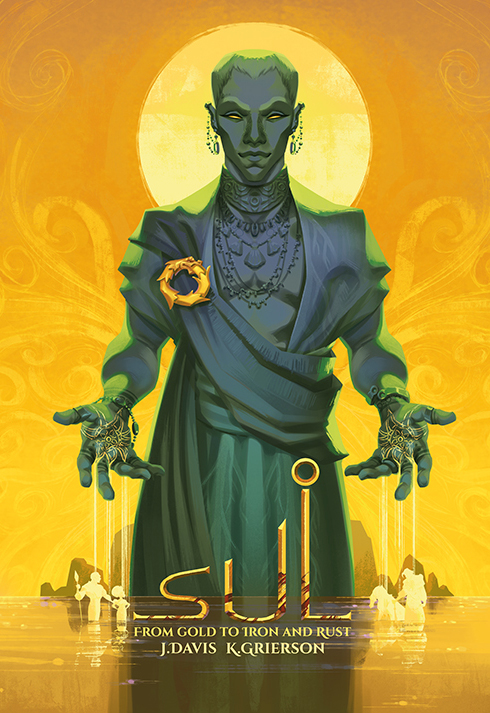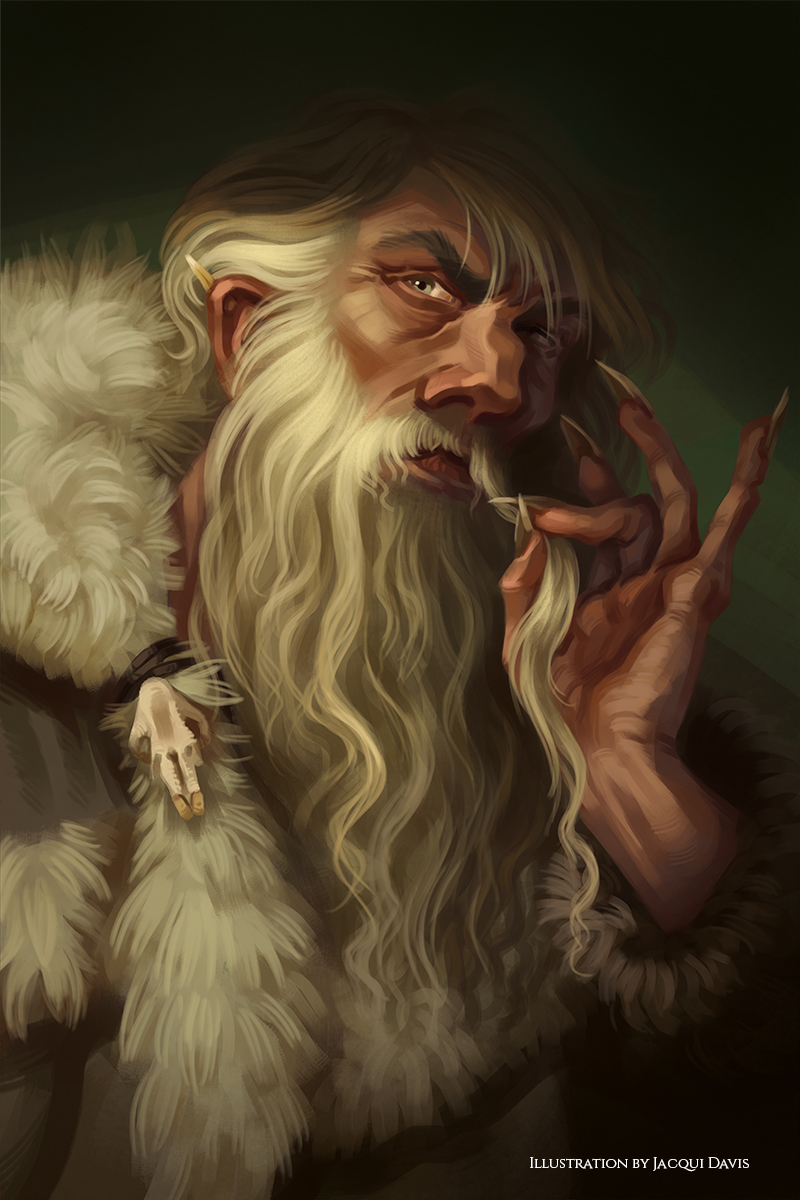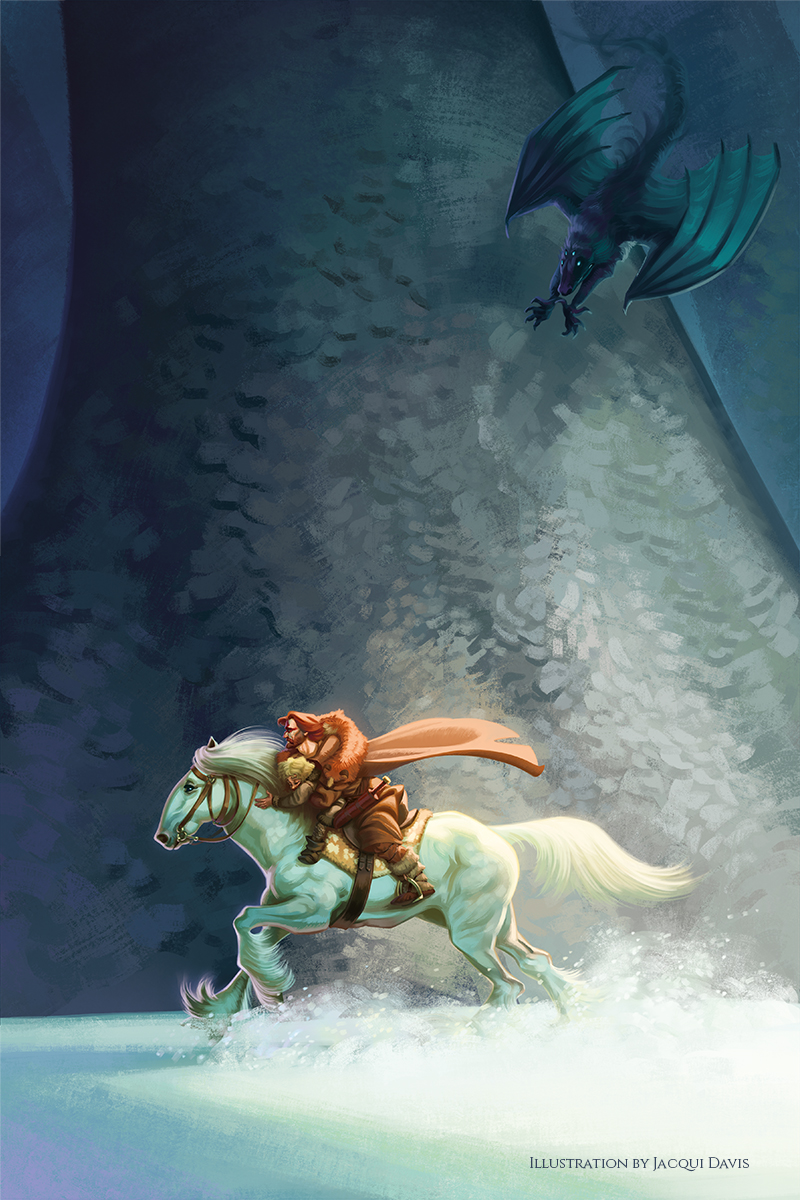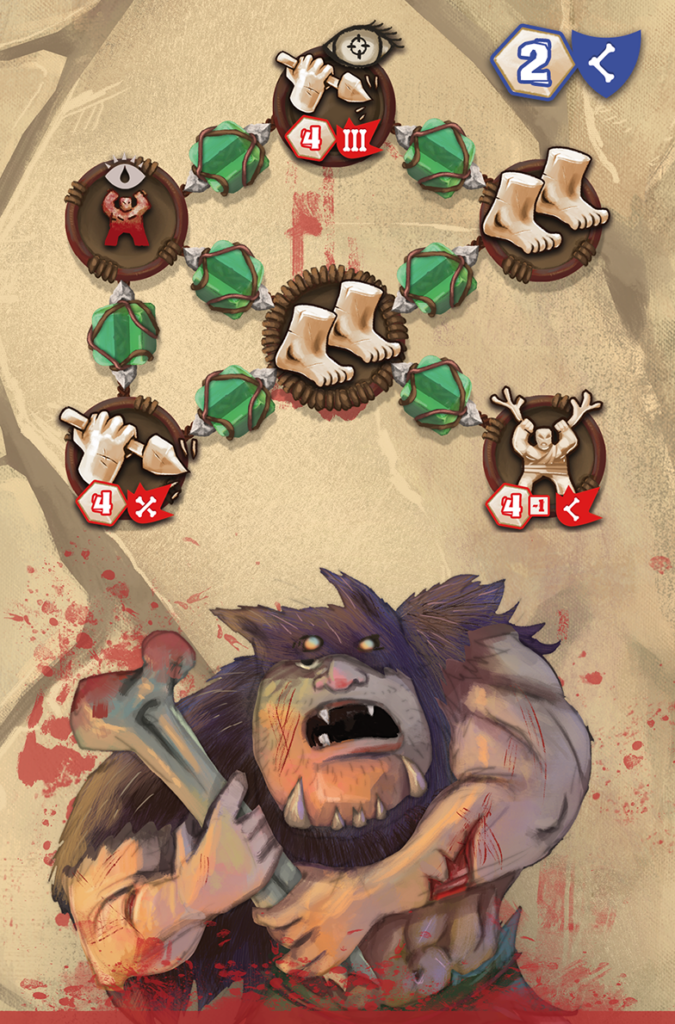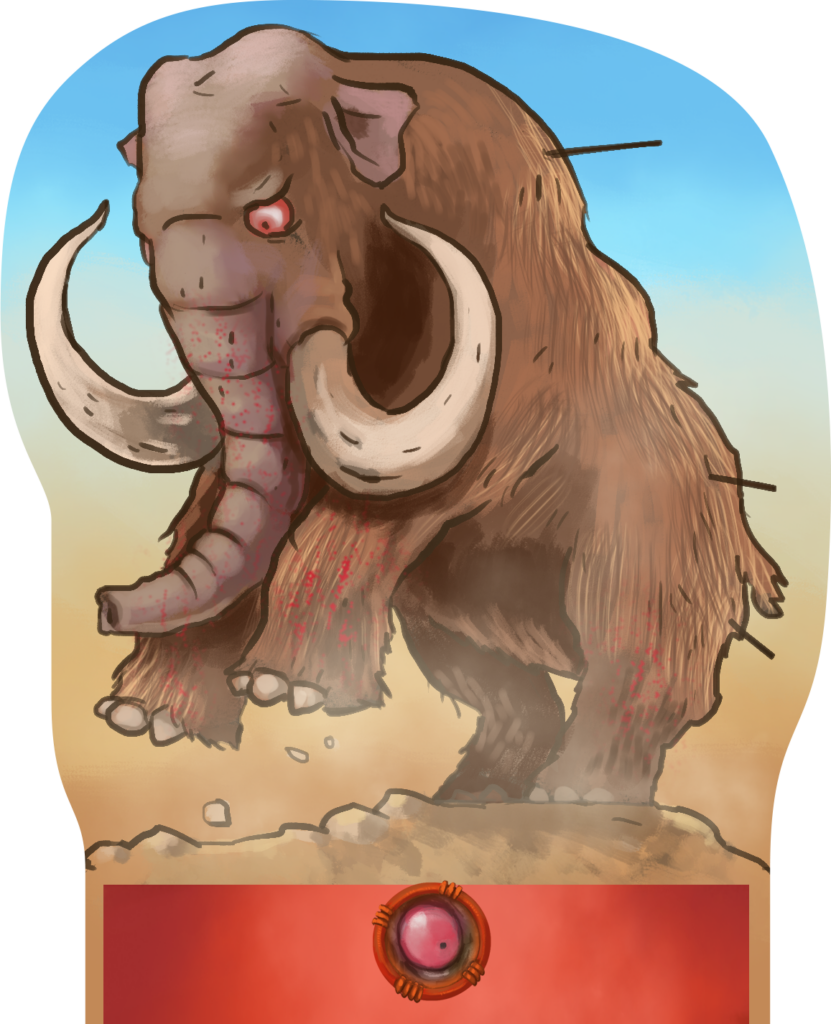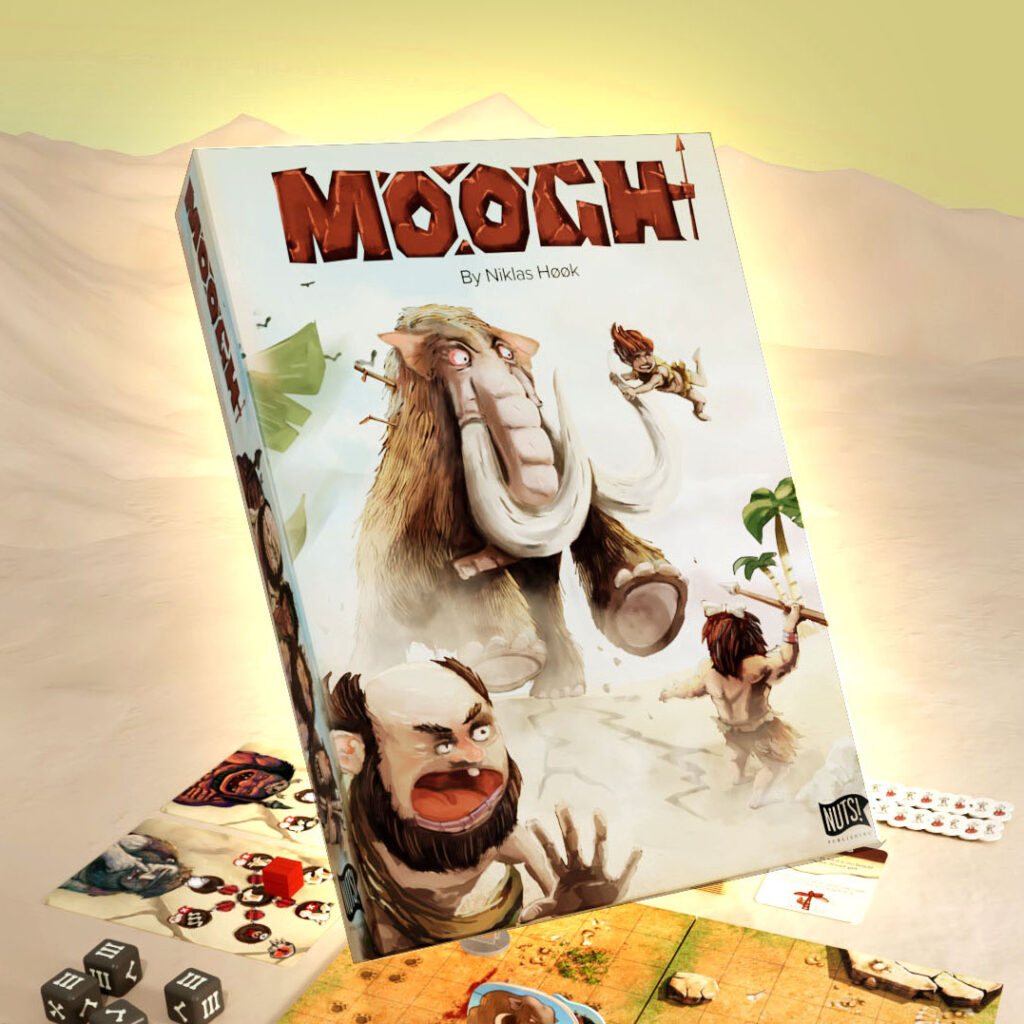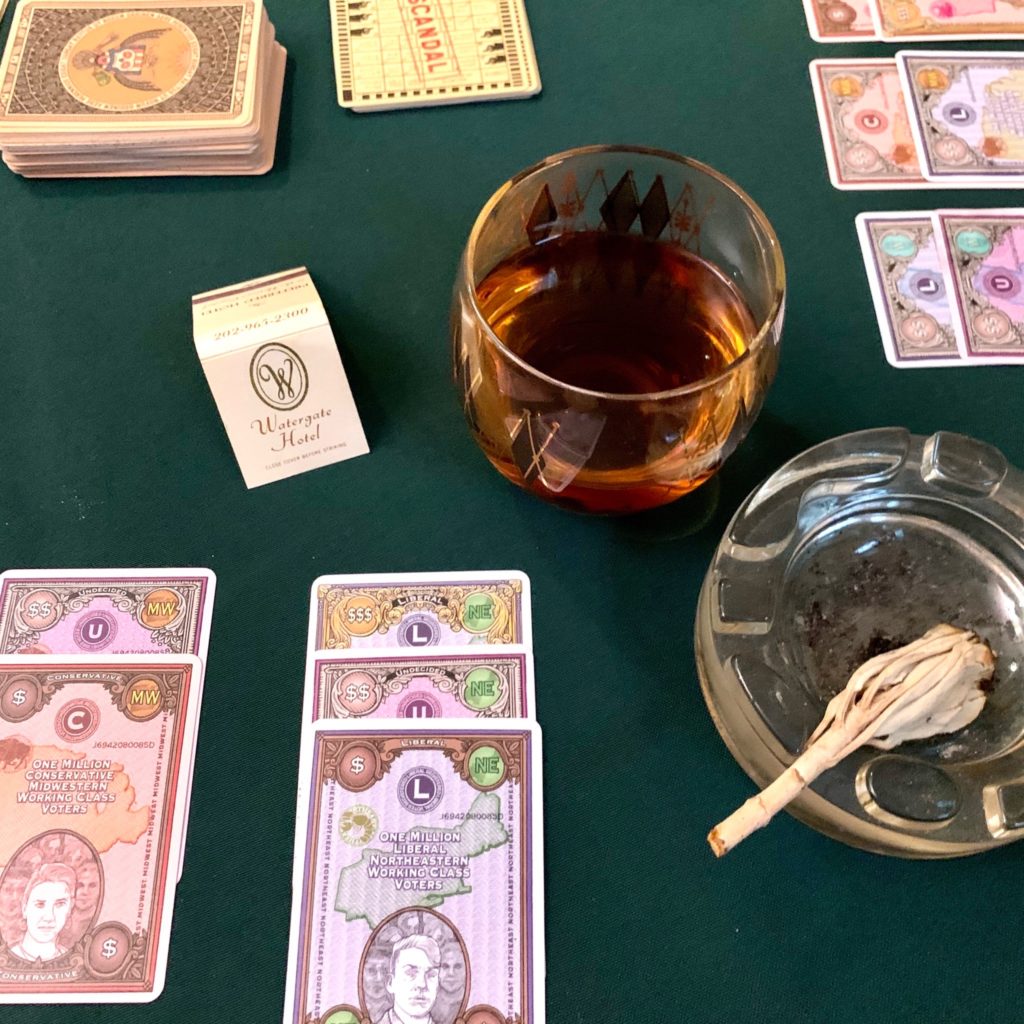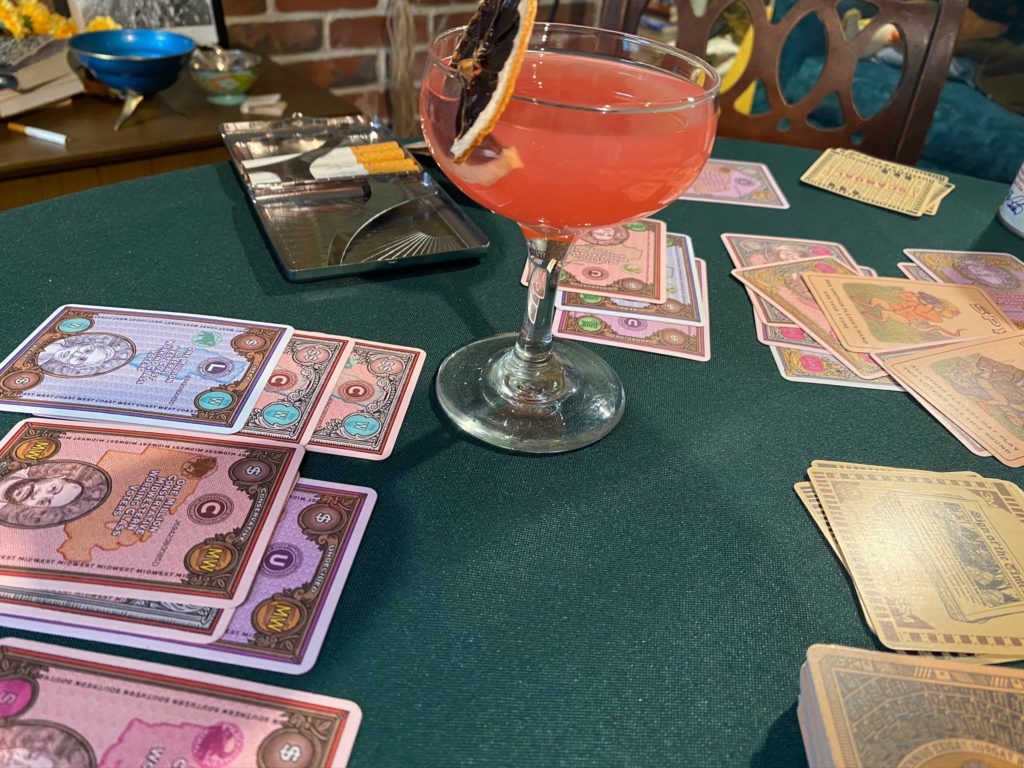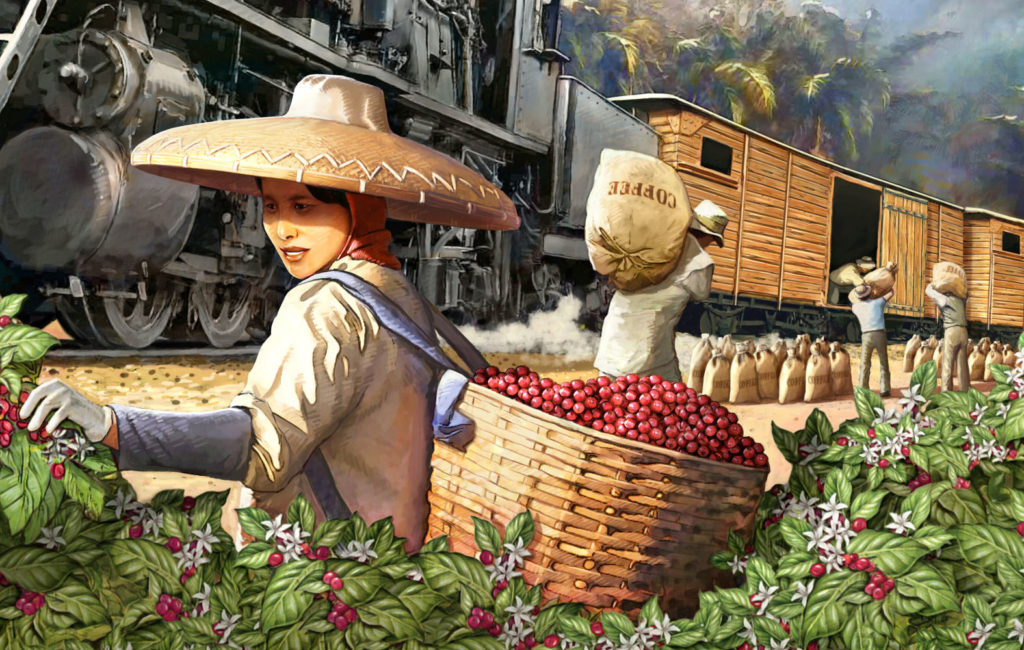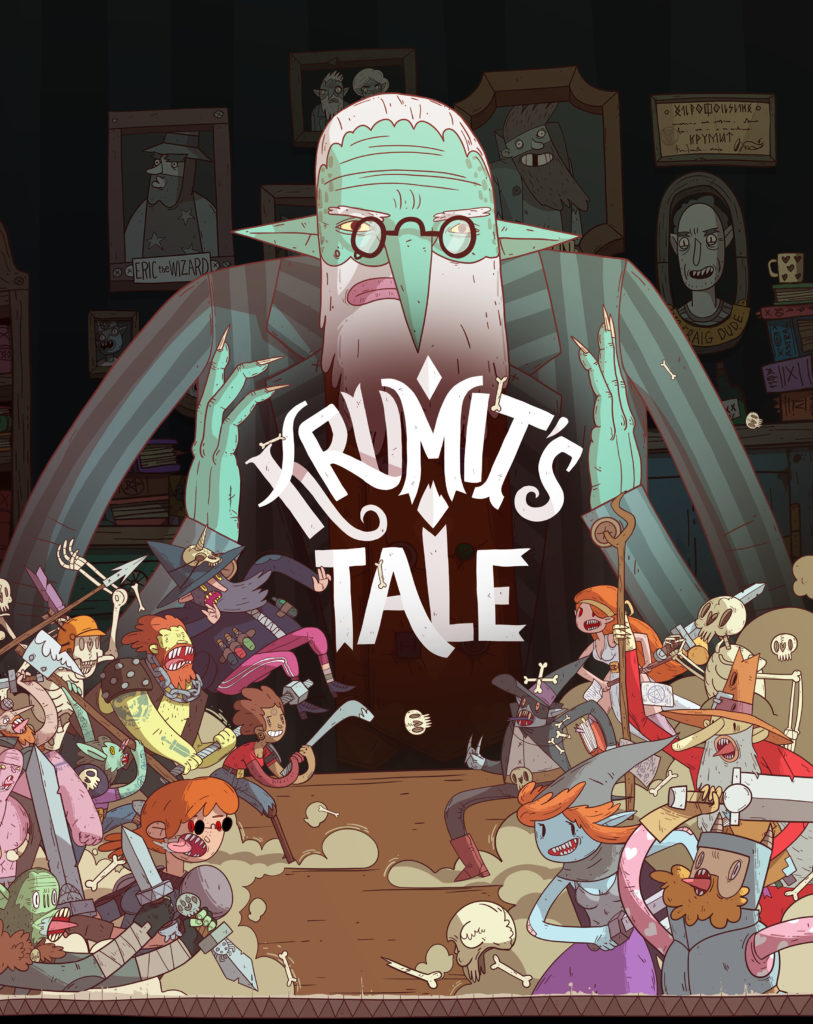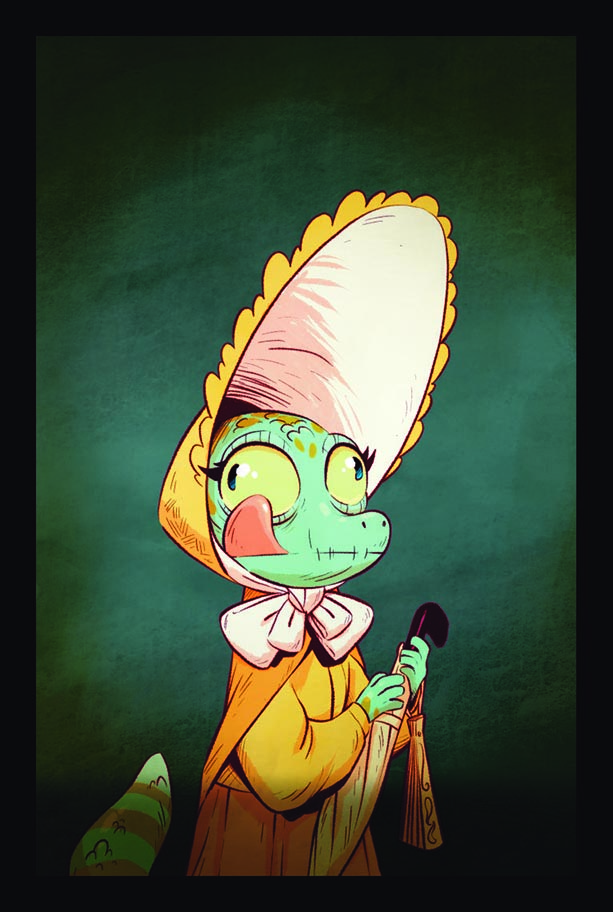Hello Emil. First of all — congratulations with the successful Kickstarter on you new game Rouge Angels. When this interview hits the reader it is probably very close to the campaign ends – but I am still excited to hear about the game. Tell us about it and also why you think your first Kickstarter failed?
Rogue Angels is my take on how to merge an adventure game with action and RPG elements. I wanted to create a Mass Effect of board games, and Rogue Angels is my answer to this challenge fused with video game inspired mechanics and streamlined execution.
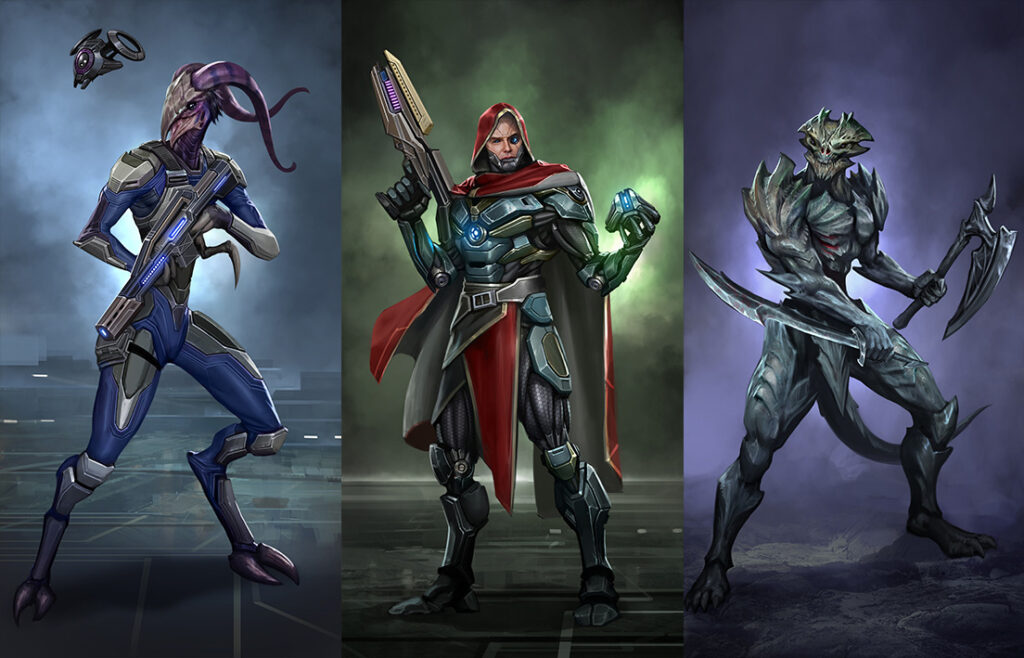
I think the Kickstarter crowd and board game market has changed a lot over the last 5-8 years. With the rise of direct to shipping campaigns and pre-order marketing style tactics on Kickstarter, the playing field for indies have shrunk and become less accessible.
the playing field for indies have shrunk and become less accessible
My first campaign failed for a lot of smaller reasons that accumulated, but the major issue was me still believing the same crowd could be drawn in. I needed much more visibility, many more reviews, a lot more gamers involved and so on.
With those issues fixed and with a more appealing campaign, it has been easier to gain momentum and have a better campaign overall this second time around
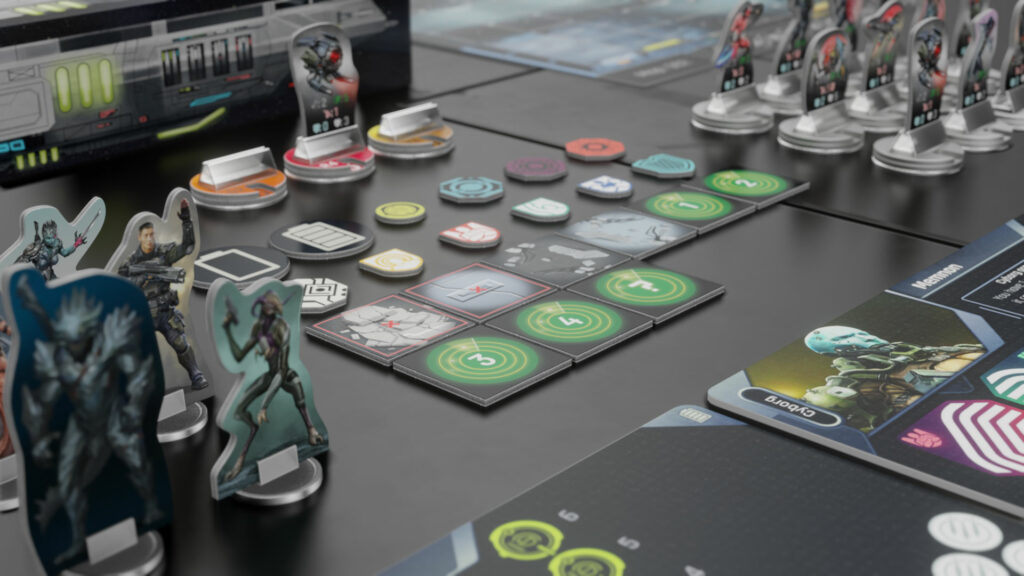
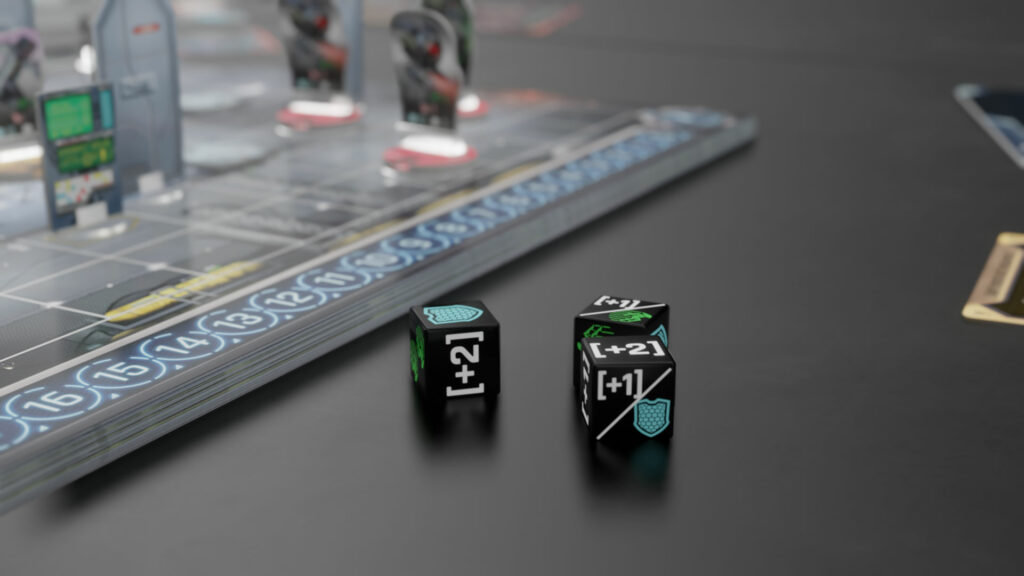
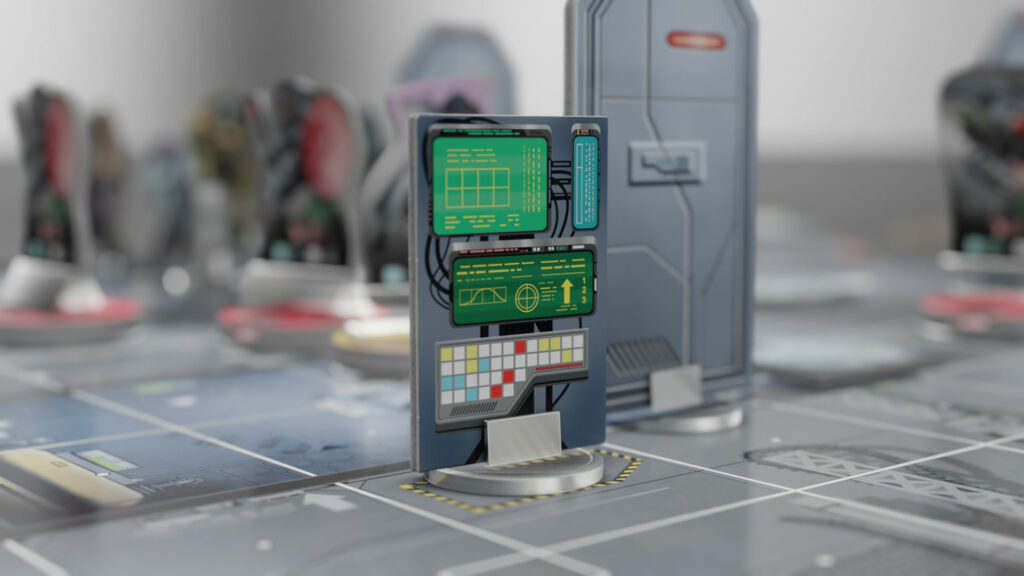
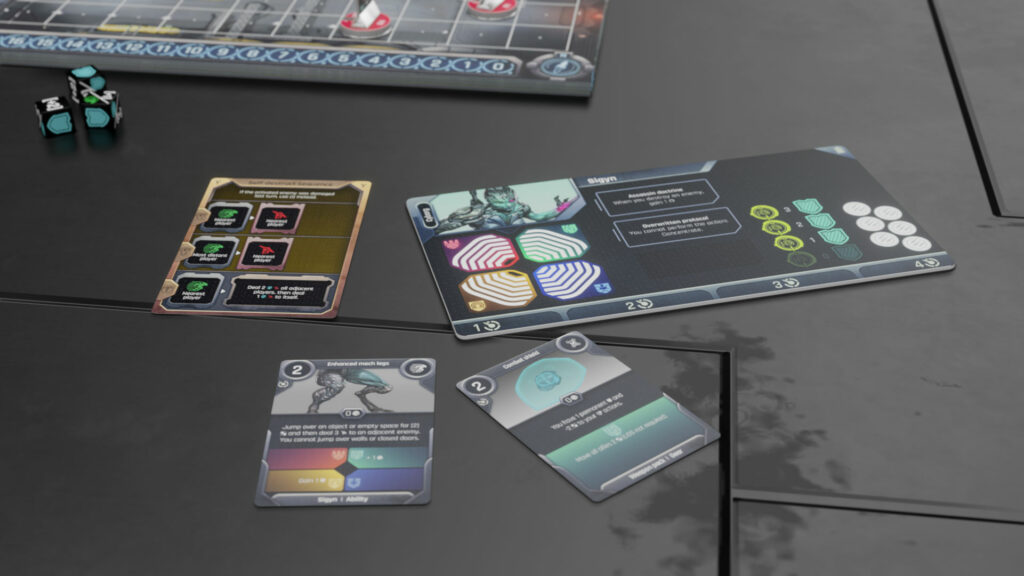
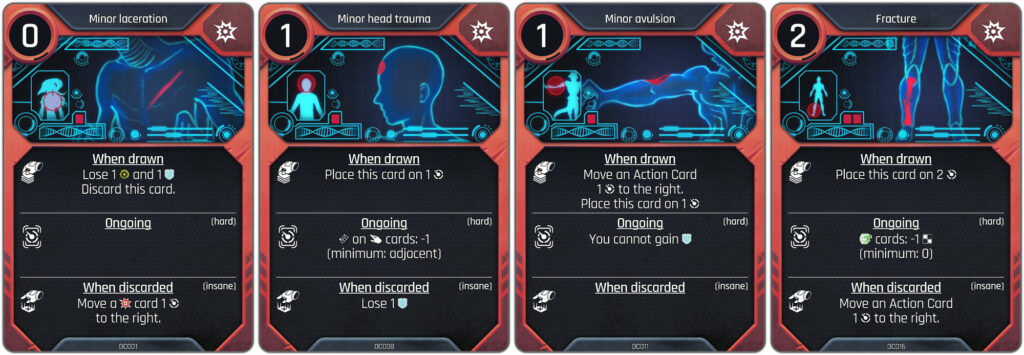
You definitely nailed something looking at the numbers. Here on Greenhookgames you previously featured with your game Burning Rome and you also have some other games in your portfolio. Do you have a different approach to how you got the art for this game made.
Most of my activities related to development, testing, and production have been refined over the years. I would say that my approach to collaboration with artists have remained roughly the same. I have had to learn a lot on many fronts, but my people skills have always been well tuned towards freelance collaborations and such.
I found a few new artists with specific skills for character drawings and map drawings, which has made it easier for me to create outlines and convert prototype materials into more final looking stuff.
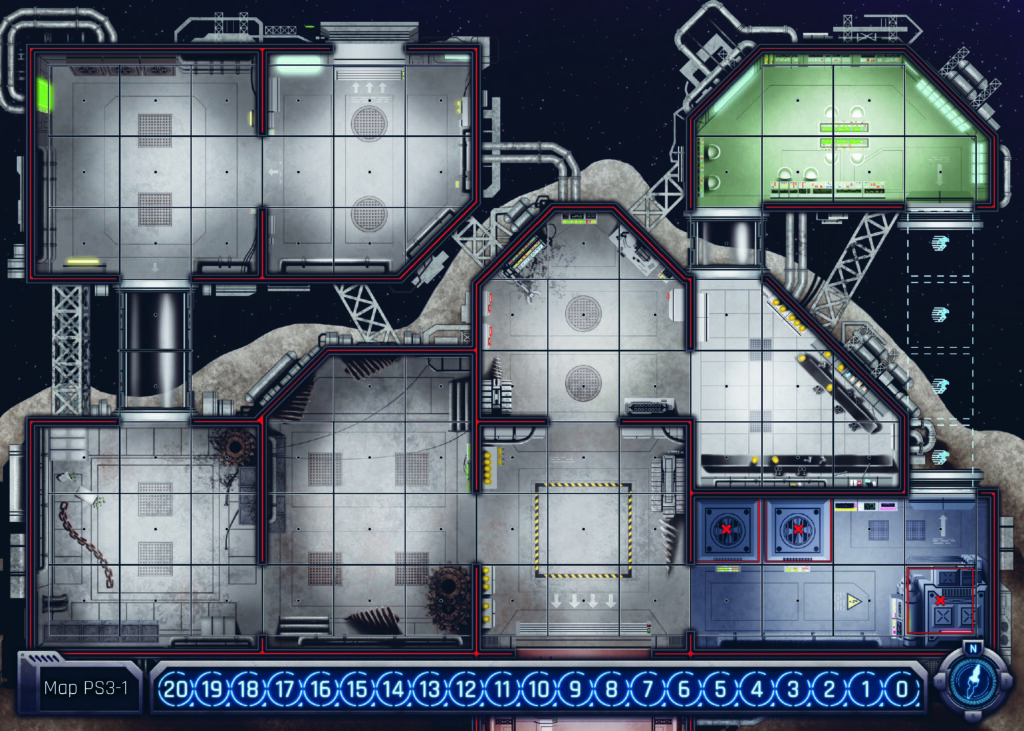

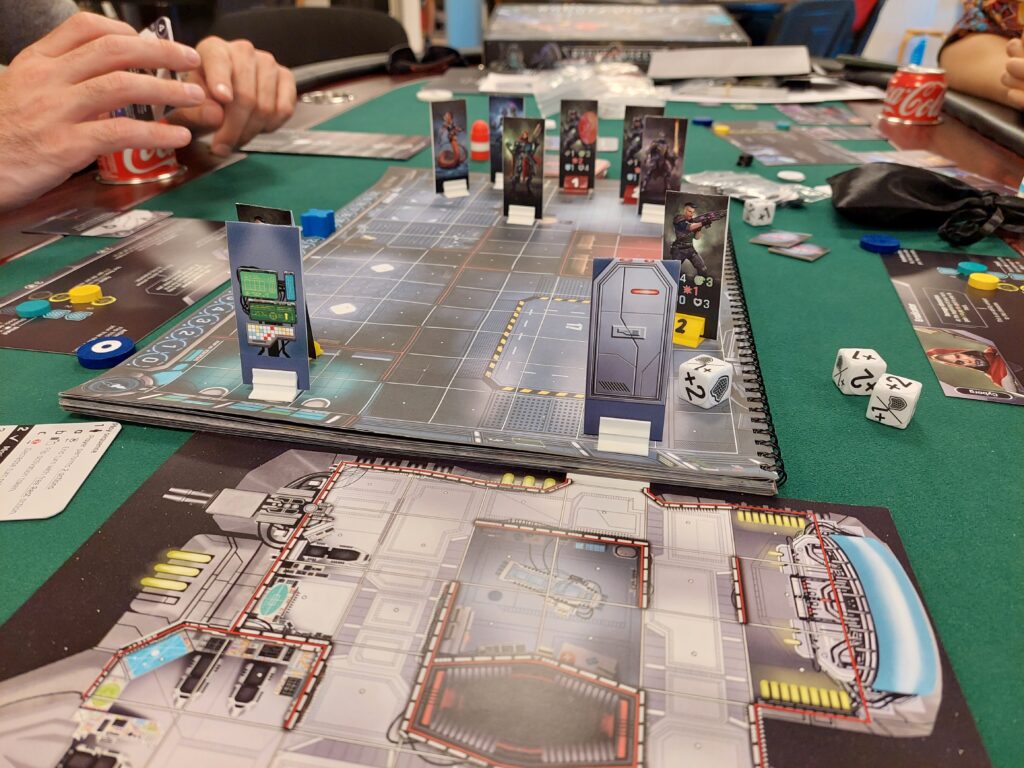
When in the process did you start adding more final looking art to your prototypes?
After my third or fourth play-through with different gaming groups, who all proclaimed that this game and the mechanics had something special to offer (even though they were just looking at black and white printed paper), I started getting in touch with illustrators.
From around 2020 I started putting more and more artwork into the prototype, also when it moved online to Tabletop Simulator.
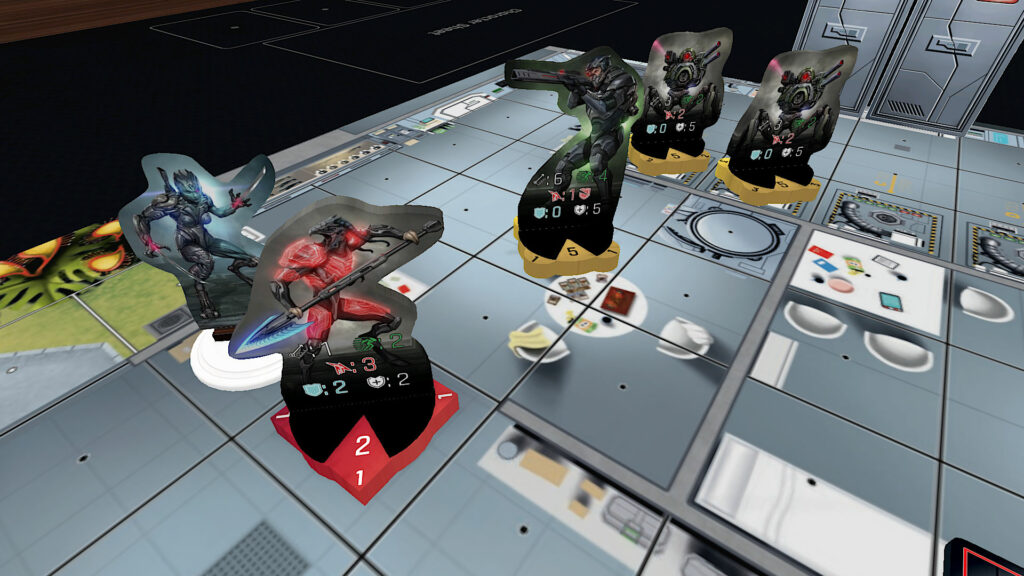
The game also comes with some awesome mini figures. Can you tell a little about why and how that is made possible – are there any things to be aware of when you want to add minis to you game.
The miniatures were not initially part of the plan, but this was also one of the many smaller issues with the original Kickstarter campaign. As it did not have the eye candy for those eager to get some plastic.
I therefore chose to go the Gloomhaven route with miniatures for the heroes (alongside standee if you are more into that) and standees for the enemies. It would have been a much heavier game if I were to create plastic miniatures for the enemies as well, plus it would reduce the accessibility of the game and gameplay.
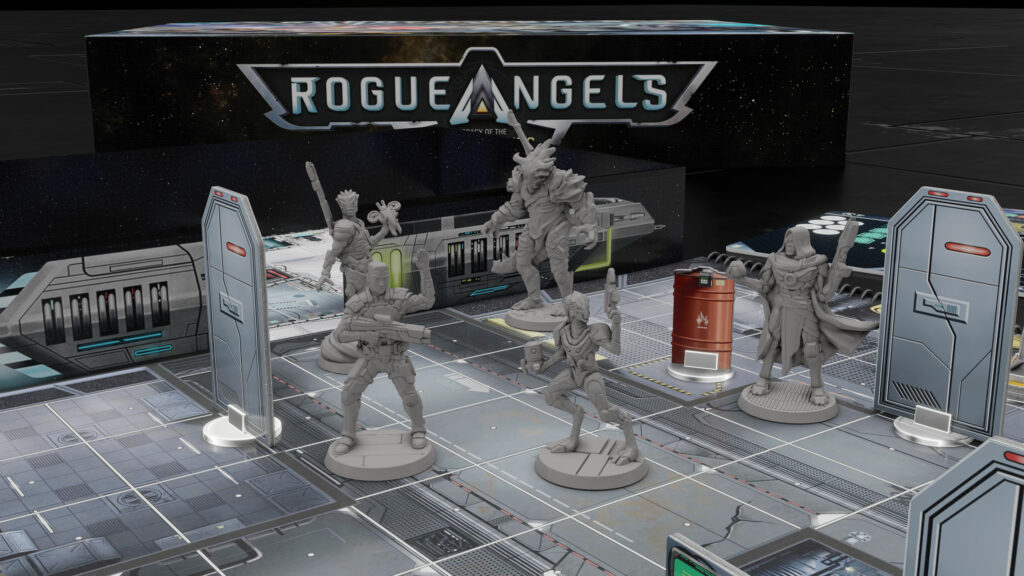
The challenging part of creating miniatures for a game is that you must be true to the source material/original illustrations, but also make sure the model can actually be cast in a mould. There are certain limitations to that depending on manufacturing method, so there you should ally yourself with some people who know how to do this.
Thank you for your insights — is there any final things you want to tell to the readers.
Rogue Angels is indie through and through, so what you see is my attempt at making it through a very narrow strait in the middle of a blood red ocean of competition. I would therefore always advice people to do a lot of research before attempting to do the same.
I am always available for a chat, and should Rogue Angels be of interest, please consider giving it a push towards reality



